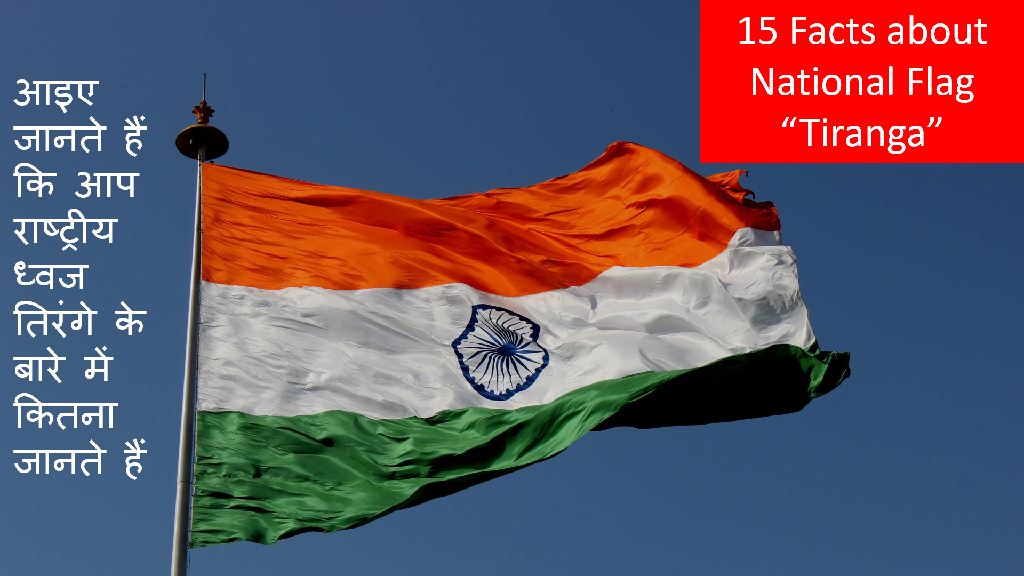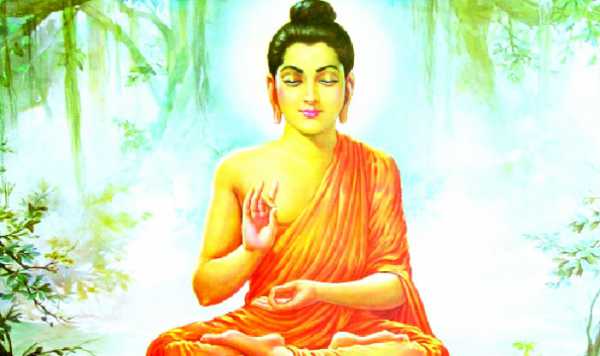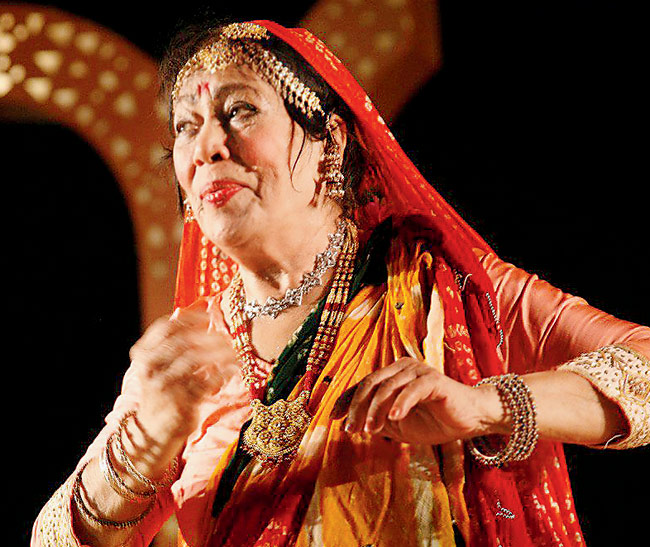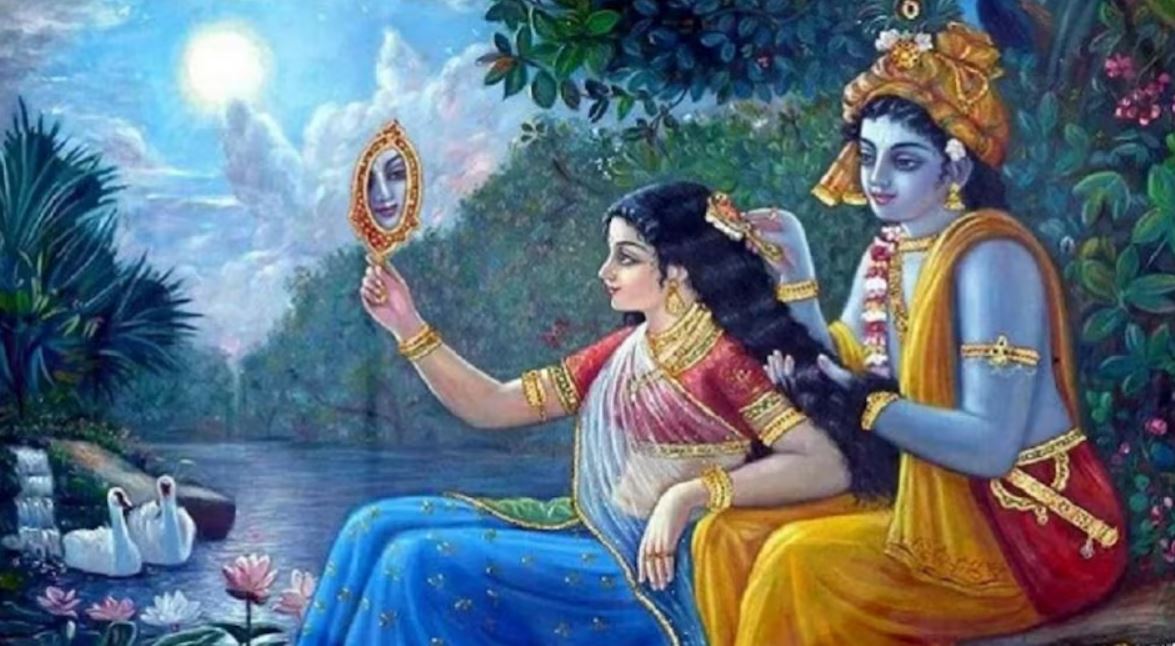India is celebrating 75 years of independence as “Amrit Mahotsav”. Let’s know about 15 facts about the national flag tiranga.

If you want to know more about the Tiranga, its manufacturing, significance, flag code etc., please visit our another top article “The pride of India Tiranga”
15 Facts about Tiranga
- Name of Indian’s national flag is called Tiranga
- Tiranga has 3 colors; saffron, white and green. Saffron represents renunciation of disinterestedness. White represents peace while green represents growth and prosperity
- Tiranga has Ashoka Chakra in the middle with 24 spokes. Ashok Chakra is blue in color to represent ocean and sky
- There are 24 spokes in the Ashok chakra that represent the 24 hours and the principle of truth
- This Ashok Chakra is the Wheel of the law of dharma
- The significance of the colors and the chakra in the National Flag was amply described by Dr S. Radhakrishnan in the Constituent
- Indian Flag is designed in the proportion of 3:2.
- Polyster is the best material used in the manufacturing of Tiranga as it can withstand the extreme weather conditions
- Other than Polyster one can use cotton, silk and a special kind of khadi material
- Karnataka Khadi Gramodyoga Samyukta Sangha (KKGSS) manufactures the national flag tiranga. It is in Bangalore
- Manufacturing of Tiranga involves 5 processes: Hand spinning, Hand Weaving, Bleaching and dying of materials, Blue Chakra with 24 equal spokes printing, Stitching and toggling of all the pieces together
- According to the code of conduct, there should be exactly 150 threads per square centimeter, four threads per stitch
- The weight of one square foot of Tiranga should be exactly 205 grams.
- The Tiranga should be flown at half-mast which means hauling down the Flag to one half the distance between the top and the guy-line and in the absence of the guy-line, half of the staff
- But before flowing half-mast, it should be raised to the top of the mast and then slowly lowered down to half-mast. And, if there are other countries flags also along with the Indian flag, only the Indian flag is half-mast and not others.



